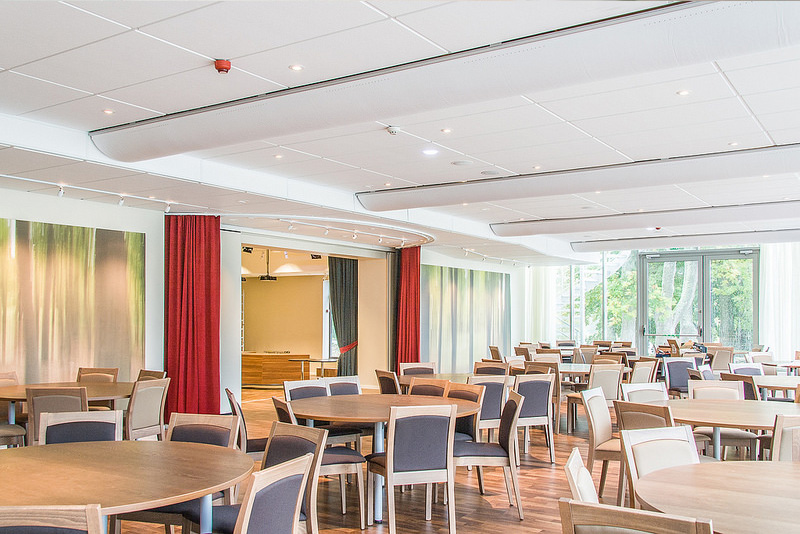Selecting the right air distribution system for a large facility can make a significant difference in efficiency, cost savings, and long-term maintenance. Metal ducts have been widely used for decades, but fabric air ducts have emerged as a highly effective alternative, offering advantages in installation, energy efficiency, and cleanliness. Businesses looking to optimize their HVAC systems need to consider how these options compare in real-world applications.
Installation is often one of the biggest cost factors in an HVAC project. Traditional metal ducts require specialized labor, welding, and heavy lifting, making the process time-consuming and expensive. Fabric air ducts, on the other hand, are lightweight, flexible, and easy to install using simple suspension systems. This reduces labor costs and shortens project timelines, which is especially important in large spaces like warehouses, supermarkets, and event halls where quick deployment is necessary. Many companies have cut installation costs by as much as 70% simply by switching to fabric-based solutions.

Efficiency in air distribution is another critical factor. Metal ductwork often relies on grilles and diffusers to channel air, which can lead to uneven temperature control and unwanted drafts. Textile fabric air ducts are designed to distribute air evenly throughout a space, reducing temperature fluctuations and ensuring consistent comfort. The permeability of the material allows air to diffuse naturally, preventing the accumulation of condensation and improving overall system efficiency. By optimizing airflow, HVAC systems operate with less strain, leading to reduced energy consumption and lower utility costs.
Hygiene and maintenance also play a key role in system selection. Metal ducts are prone to dust buildup, mold growth, and corrosion, particularly in environments with fluctuating temperatures and high humidity levels. Cleaning them requires professional services, specialized equipment, and system downtime. Fabric ducts offer a far simpler solution—they can be easily removed, washed, and reinstalled without disrupting daily operations. This is especially valuable in locations where air quality standards are strict, such as food processing facilities, laboratories, and healthcare environments. By maintaining a cleaner air distribution system, businesses improve indoor air quality while avoiding costly maintenance procedures.
From a financial perspective, long-term costs must be considered. Metal ducts might appear cost-effective at first, but ongoing expenses related to installation, repairs, and energy inefficiency add up over time. Fabric ducts provide a durable alternative with a lifespan exceeding 15 years, all while maintaining peak performance. The ability to customize weight, permeability, and aesthetic design further enhances their practicality, allowing businesses to tailor solutions based on their specific needs.
Kylin has been at the forefront of textile air duct production for over 15 years, delivering high-quality solutions that improve air distribution while keeping costs under control. Our IFR polyester fabrics meet strict international fire safety standards, ensuring compliance with safety regulations without compromising performance. Clients worldwide rely on our expertise to enhance HVAC efficiency, reduce maintenance burdens, and achieve better air quality in their facilities. By offering customized solutions, fast delivery, and a commitment to innovation, Kylin continues to set the standard in advanced fabric air duct technology.
























 Email: [email protected]
Email: [email protected] Tel: +86-512-63221899
Tel: +86-512-63221899


 English
English Español
Español

